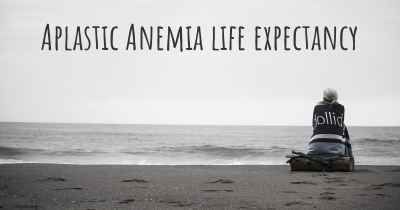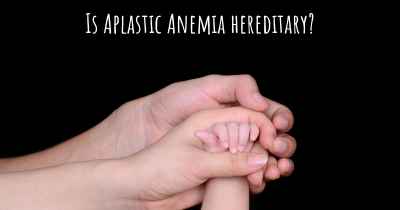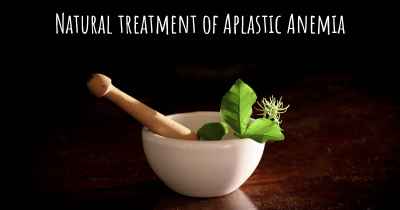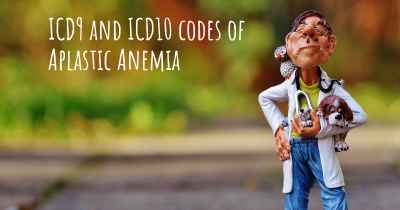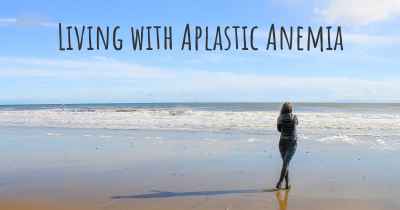What are the best treatments for Aplastic Anemia?
See the best treatments for Aplastic Anemia here
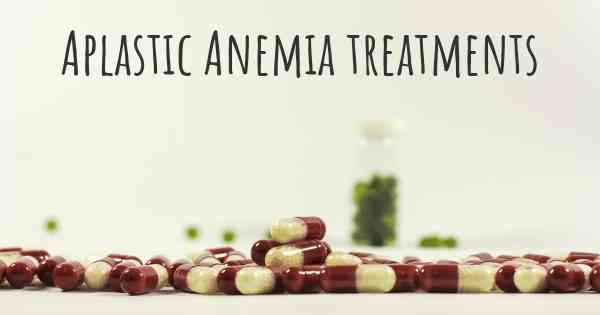
Treatments for Aplastic Anemia
Aplastic anemia is a rare and serious condition characterized by a deficiency of all types of blood cells due to the failure of bone marrow to produce them. It can lead to severe complications and even be life-threatening. Fortunately, there are several treatment options available to manage aplastic anemia and improve the patient's quality of life.
1. Blood Transfusions
Blood transfusions are a common treatment for aplastic anemia. This procedure involves receiving healthy blood cells from a donor to replace the deficient cells. Red blood cell transfusions help improve oxygen delivery to tissues, while platelet transfusions prevent bleeding. However, frequent transfusions may lead to complications such as iron overload, so careful monitoring is necessary.
2. Immunosuppressive Therapy
Immunosuppressive therapy is often used to treat aplastic anemia, especially in patients who are not suitable candidates for a bone marrow transplant. This treatment involves medications that suppress the immune system, such as antithymocyte globulin (ATG) and cyclosporine. ATG helps to reduce the immune response against the bone marrow, allowing it to recover and resume normal blood cell production. Cyclosporine helps maintain the response achieved with ATG. This therapy can be effective in improving blood cell counts and reducing the need for transfusions.
3. Bone Marrow Transplant
Bone marrow transplant, also known as hematopoietic stem cell transplant, is considered the most curative treatment for aplastic anemia. It involves replacing the diseased bone marrow with healthy stem cells from a compatible donor. This procedure allows the production of new blood cells and restores normal bone marrow function. However, finding a suitable donor can be challenging, and the transplant process itself carries risks and potential complications. Therefore, this treatment option is typically reserved for younger patients with severe aplastic anemia.
4. Supportive Care
Supportive care plays a crucial role in managing aplastic anemia. This includes regular monitoring of blood counts, managing infections, and providing symptomatic relief. Patients may require antibiotics to prevent or treat infections, growth factors to stimulate blood cell production, and medications to manage symptoms such as fatigue or bleeding. It is essential to maintain a healthy lifestyle, including a balanced diet, regular exercise, and avoiding exposure to infections.
5. Experimental Therapies
In some cases, when standard treatments are not effective or available, experimental therapies may be considered. These therapies are still being researched and may include novel drugs, gene therapy, or alternative transplant approaches. Clinical trials provide an opportunity for patients to access these experimental treatments and contribute to advancing medical knowledge.
6. Psychological Support
Living with aplastic anemia can be emotionally challenging for patients and their families. Therefore, psychological support is an essential component of the overall treatment plan. Counseling, support groups, and educational resources can help patients cope with the emotional and psychological impact of the disease, reduce anxiety, and improve their overall well-being.
It is important to note that the choice of treatment depends on various factors, including the severity of aplastic anemia, the patient's age and overall health, and the availability of suitable donors. The treatment plan should be tailored to each individual's specific needs and regularly reviewed by a hematologist or a specialist in blood disorders.
Posted Mar 17, 2017 by Jacqueline 1152
Posted Mar 17, 2017 by Angie 500
Posted Mar 17, 2017 by John 2150
Posted Mar 20, 2017 by Kimberly 500
This is the treatment I had (Horse ATG) along with prednisone steroids, and cyclosporine immunosuppressive treatment. It took me about 5 months to really see my blood numbers increase after this treatment.
Posted Nov 6, 2018 by Dayna 900
